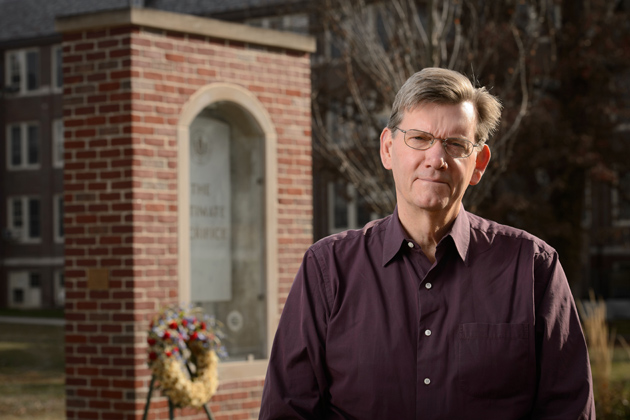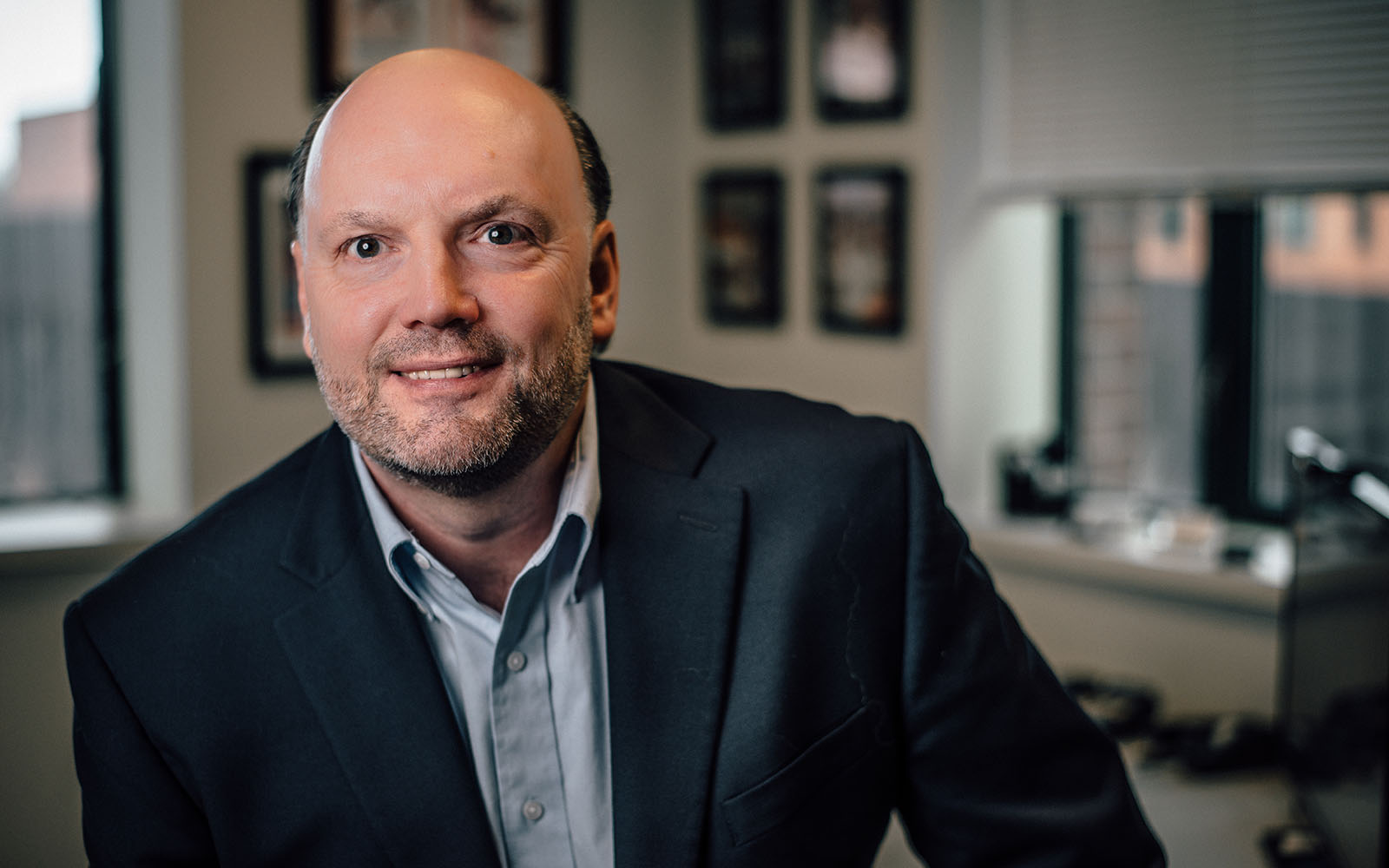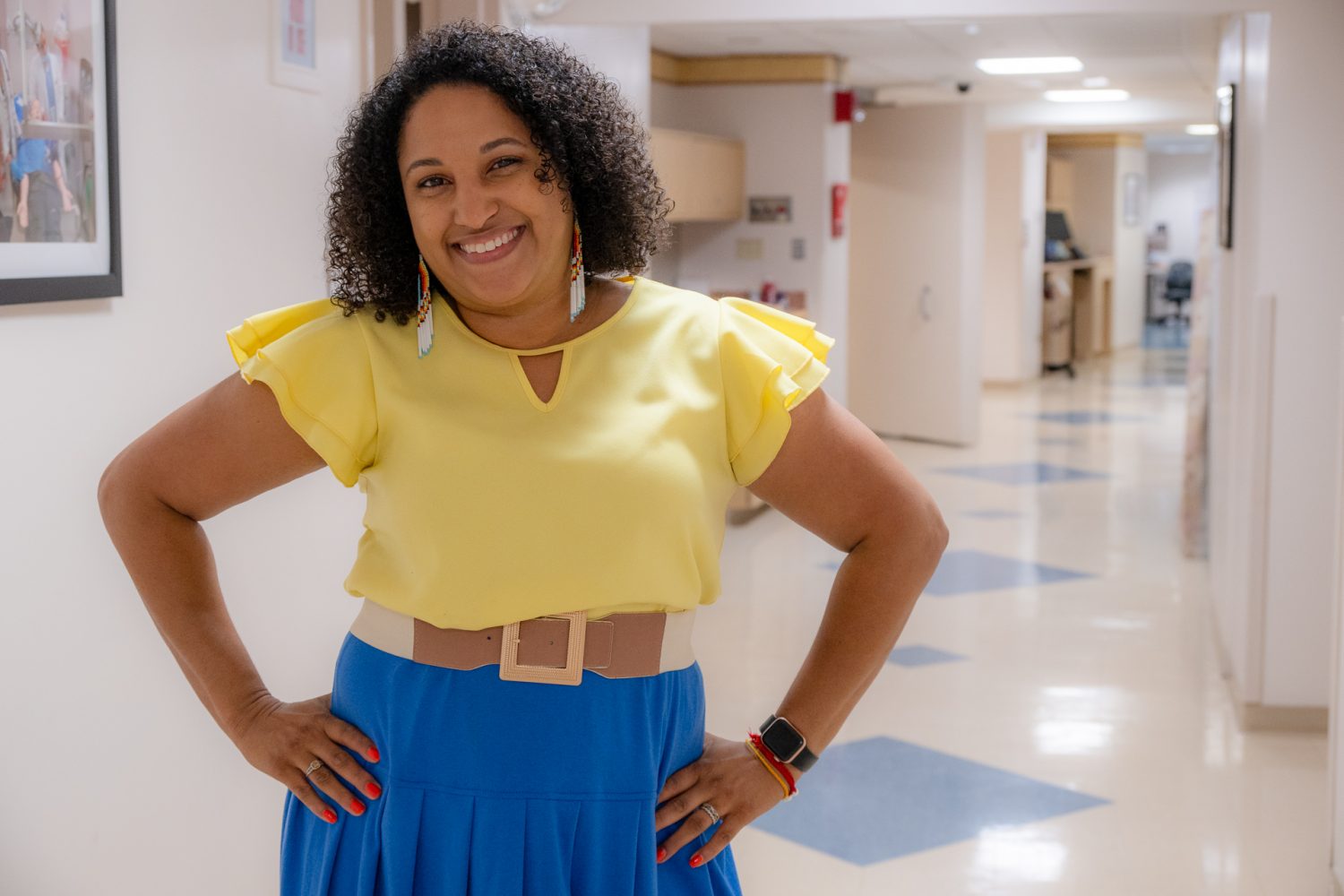
When Ken Foote first visited Salem, Mass. in the 1980s, he was fascinated by what he didn’t see. There was little in this picturesque seaside town to note the hysteria that had gripped the region between February 1692 and May 1693 during the Salem Witch Trials.
At the time of Foote’s visit, there was no monument acknowledging the 20 people who were executed. No gravesite markers. No official records on file in the town hall. It was as if the historical slate had been wiped clean. It wasn’t until 1992, some three centuries after the events had occurred, that a public memorial to the victims of the witchcraft scare was erected.
“I had always had an interest in behavioral geography and the ways in which people develop strong emotional bonds to certain places,” Foote says, “and when I visited Salem I was struck by the fact that such an important event seemed all but forgotten. There was almost no recognition that something really important in the history of our nation had transpired there. I guess that is what really started me on what has become a fascination with how events involving violence and tragedy are treated.”
Foote came to UConn this semester from the University of Colorado at Boulder, as head of the Department of Geography in the College of Liberal Arts and Sciences.
While much of his scholarly research has dealt with the memorialization of space and the deep personal connections that people have to sites of tragedy, he is decidedly upbeat when talking about his chosen field.
“I was attracted to geography by its breadth, its interdisciplinary nature, and the chance it provides to work collaboratively with people with varied interests,” he says. “There’s so much potential for growth in the field, and that’s partially what attracted me to UConn. This [geography] department has traditionally been strong in economic geography and location theory, as well as geographic information science. But there’s also room for growth in recent areas of innovation, such as climate change studies, medical geography, and environmental and geospatial studies.
“The choices are almost unlimited,” he adds. “It’s having all these possibilities ahead of us that really makes this an exciting time to be in the field as well as an exciting time to be at UConn.”
Foote earned his Ph.D. in geography at the University of Chicago, and his bachelor’s degree in urban studies at the University of Wisconsin. He served as chairman of the geography department at the University of Colorado-Boulder from 2002 to 2005, and has served as vice president and then president of the Association of American Geographers and as president of the National Council of Geographic Education. He has also written several books on mentoring and other facets of early career faculty development, including Teaching Geographic Information Science and Technology in Higher Education, and Re-reading Cultural Geography. His current book, Contested Places; Contested Pasts is slated for publication in 2015.
He is widely respected for his ability to interpret the transformative nature of certain events. His book, Shadowed Ground – America’s Landscapes of Violence and Tragedy (University of Texas Press, 1997), explored ways in which Americans have dealt with the after-effects of tragedy. In the book, he examines places such as the Gettysburg National Military Cemetery and events such as the Great Chicago Fire of 1871 and the massacre at Little Bighorn. He discusses the various ways in which Americans respond to trauma and violence and how those responses can be categorized.
Reactions to violence and tragedy are complicated, Foote says, and sometimes the response changes over time.
“In the case of Salem, it took centuries before people finally came to terms with the events surrounding the witch trials. But when the Salem Village Witchcraft Victims’ Memorial was finally dedicated, it attracted a crowd of over 3,000 people – some 300 years after the actual witch trials had taken place.”
Since the original printing of Shadowed Ground, this country has endured events such as the terrorist attacks of 9/11, and mass shootings at Virginia Tech, in Aurora, Colo., and in Newtown, Conn., as well as the crash of the space shuttle Columbia. Foote speaks eloquently about the nation’s response to tragedies such as these. He has been a frequent guest on National Public Radio and is often invited to comment in newspapers across the U.S. Following the shootings at Sandy Hook Elementary School last December, a commentary he wrote was published in The Hartford Courant.
While much of Foote’s work has focused on the United States, he is currently writing a book dealing with the Holocaust and post-World War II Hungary. “Interpreting events of mass violence is difficult,” he says, “and it’s especially so [in cases like this] when you realize that only about 120 Nazis orchestrated the deportation and killing of 500,000 Jews in 1944. The Hungarians clearly helped. Then, after the war, many of the same people who had turned against the Jews changed [ideological] sides and joined the Communist government which had come to power in Hungary after the war. Sometimes even I have trouble processing the magnitude of what happened.”


